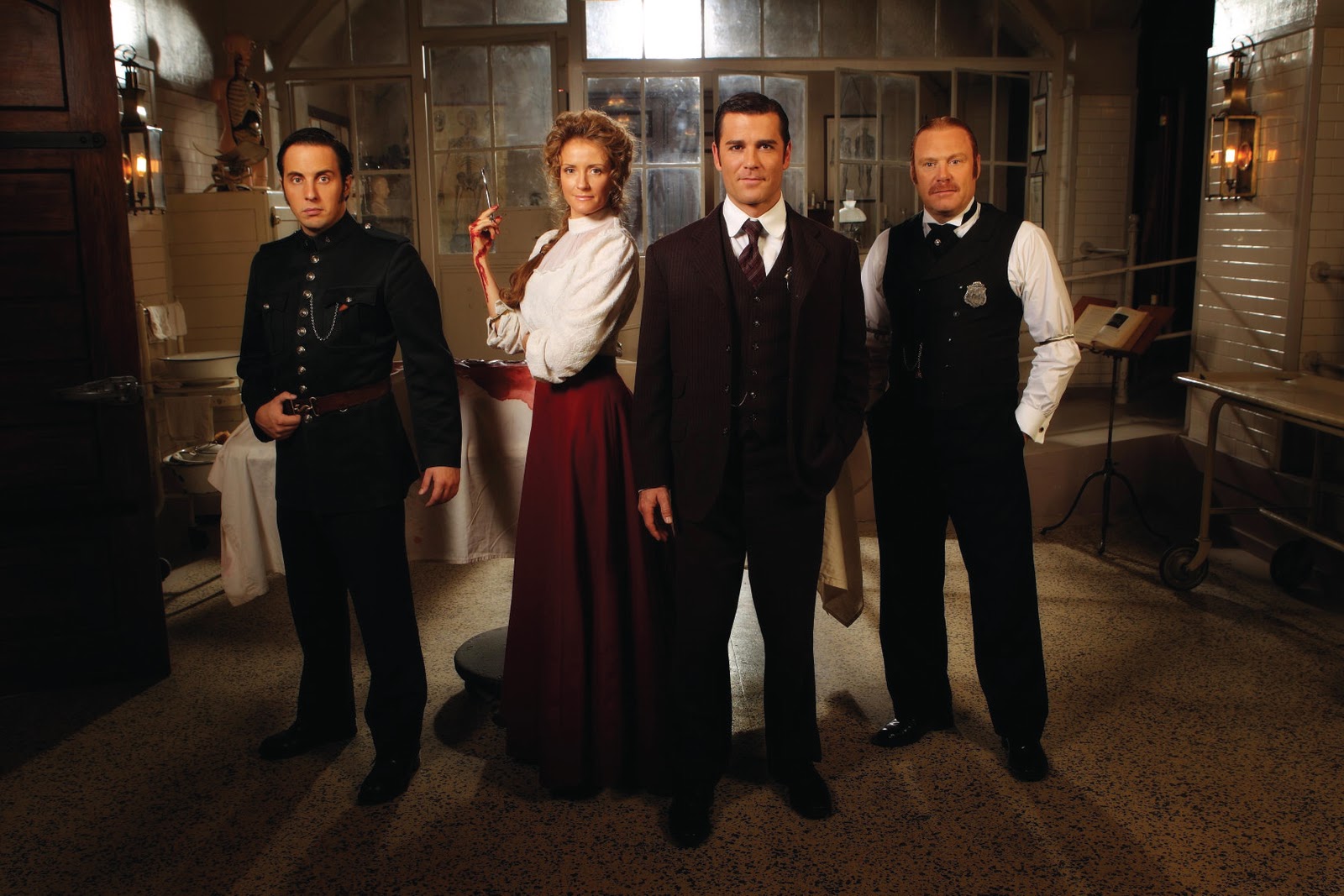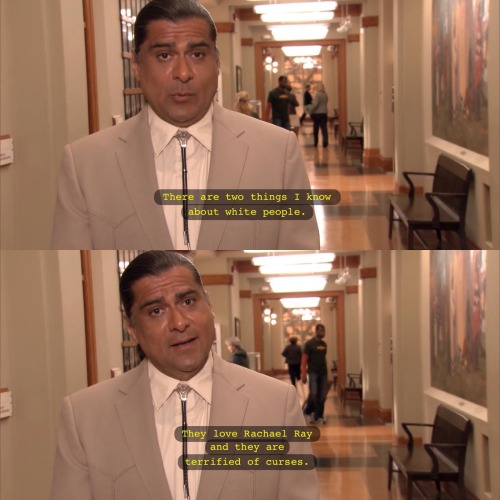Transmedia is a marathon. If the lengths of the readings early on didn’t clue me in (I’m kidding… mostly), PB #4 has certainly cemented it as a fact. Overall, I’ve taken more out of Story Lab than any of my other studios thus far. I think that’s a credit to the amount of scope we were afforded; we were given the foundation to have a strong grasp of the concepts of transmedia storytelling, then given the range to create something that pushed that knowledge in a practical sense. I’ve had fun. I’ve bitten my nails to the quick and I kicked a bus shelter pretty hard in frustration one time, but I’ve had fun. It’s given me an opportunity bring and build on my previous media skills, from One and Two, as well as my own personal interests, talents and research. PB #4, and Story Lab in general, has been extremely rewarding and I feel very confident heading into the second half on my degree.
In week seven, I reflected on what I anticipated and planned for Pocket Museum. I’ve boiled down those thoughts…
- Divided accountability (to ensure each area is taken care of & no one person is unfairly swamped) – the audio, film, website and app
- Pocket Museum as “a transmedia exploration of the life of John Mitchell Christie through an app, website, audio and visuals” – key phrases: immerse, explore, engage, contrast, cherry-pick, convenience
- A new experience: to educate and to entertain; engaging in a way that an exhibition or walking tour is not
So, how’d they go in the real world?
- Our system worked well; no area was neglected and, by keeping to our strengths, we worked to create something of a quality I’m proud of. Amy and Brontaë (working on the website and app, respectively) and Jen and me (the webisodes and audio) naturally drifted into pairs; I helped Jen with the filming, as expected, and Amy and Brontaë collaborated. I regret that I wasn’t more involved with their side of things – I think it’s a learning opportunity missed; also, since I didn’t know how much or specifically what they were shouldering, I wasn’t able to offer as much help as I potentially could have. I consider my duties to have been relatively light – the recording went smoothly and the editing was relatively straightforward, as were the other tasks I completed. I don’t feel that I’ve let my group down whatsoever, but I think I could have spent more time making myself useful to the others. On the other hand, we had no formal system in place for making sure that the workload was equal – generally speaking, we had a “I’ll do it, I’ll give you a yell if I need you” mentality. In future, it might be a good idea to have formal weekly or fortnightly audits to ensure that nobody does more or less than the others. I genuinely can’t say if I did disproportionately less work because I don’t have a full idea of how the others did.
- We ticked those four boxes! We have an app, website, visuals and audio, and each contribute a different thing to the whole or can be enjoyed on their own. We were careful to avoid too much overlap – we did have to make do thanks to limited funds and time, but what we’ve done shows a thorough understanding of the principles of transmedia storytelling. Users can immerse themselves in the artefacts by engaging with an app and website that are easy and logical to navigate. Through this, they can explore Christie’s world at their convenience, at home or on the go. The contrast between perspectives allows the user to examine Christie’s stories from multiple viewpoints and jumping-off points; they can enjoy all or cherry-pick.
- I can only speak for myself, but I’ve found the content we’ve produced both educational and entertaining – and I’m neck deep and should, be rights, hate it. I believe we’ve found ways to present history – arguably dry, from time to time – in an engaging way. Although we didn’t have the resources to create a little sprite, as was suggested at our pitch, I think framing the audio from Emilie’s point of view adds a smilier levity. We’ve been careful to make this a very human look at Christie’s life, which pushes us beyond a exhibition or walking tour – of course, many of these are taking a transmedia route as well. But it’s always been at the forefront of our thinking to create an experience for people who may not be history buffs – the kind of people who might not be the target audience for a traditional educational experience. I believe keeping this requirement in mind, above all else, is what’s helped us achieve our goal.



